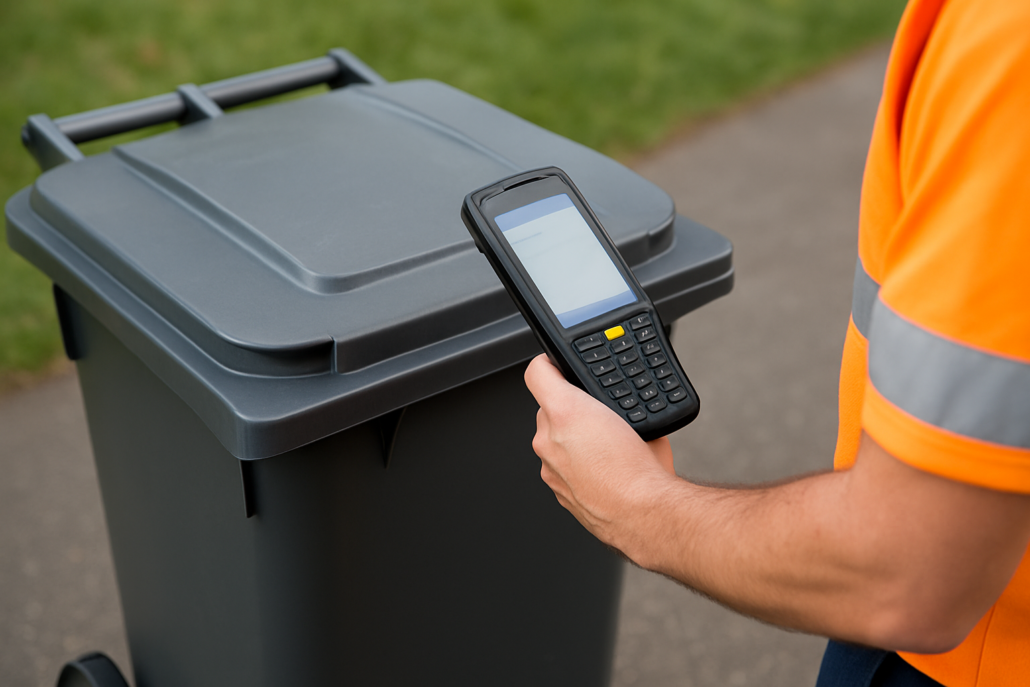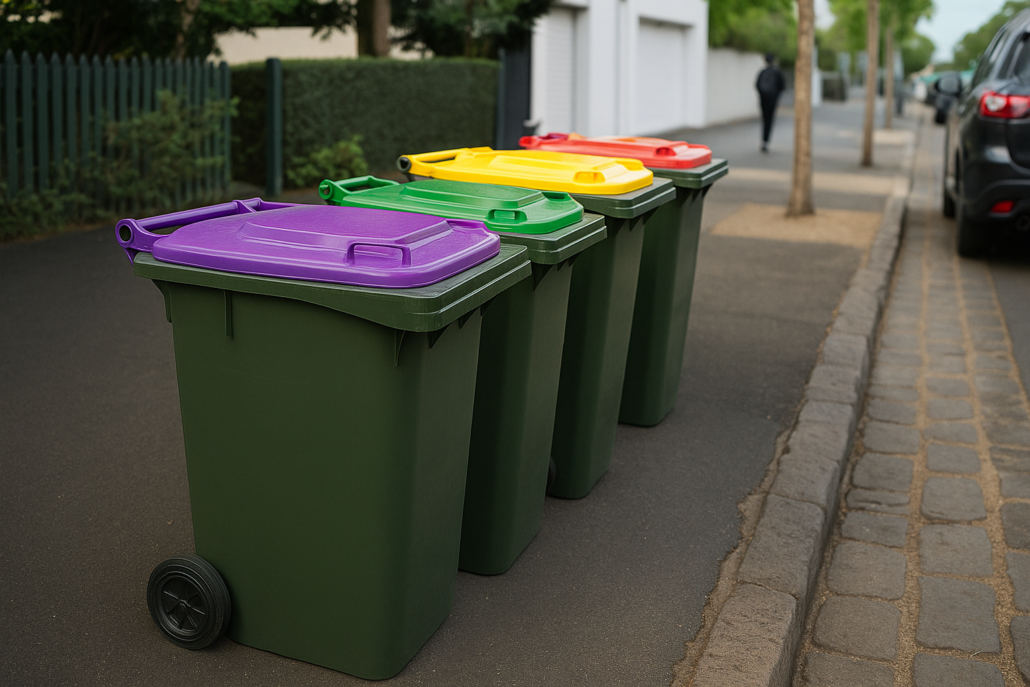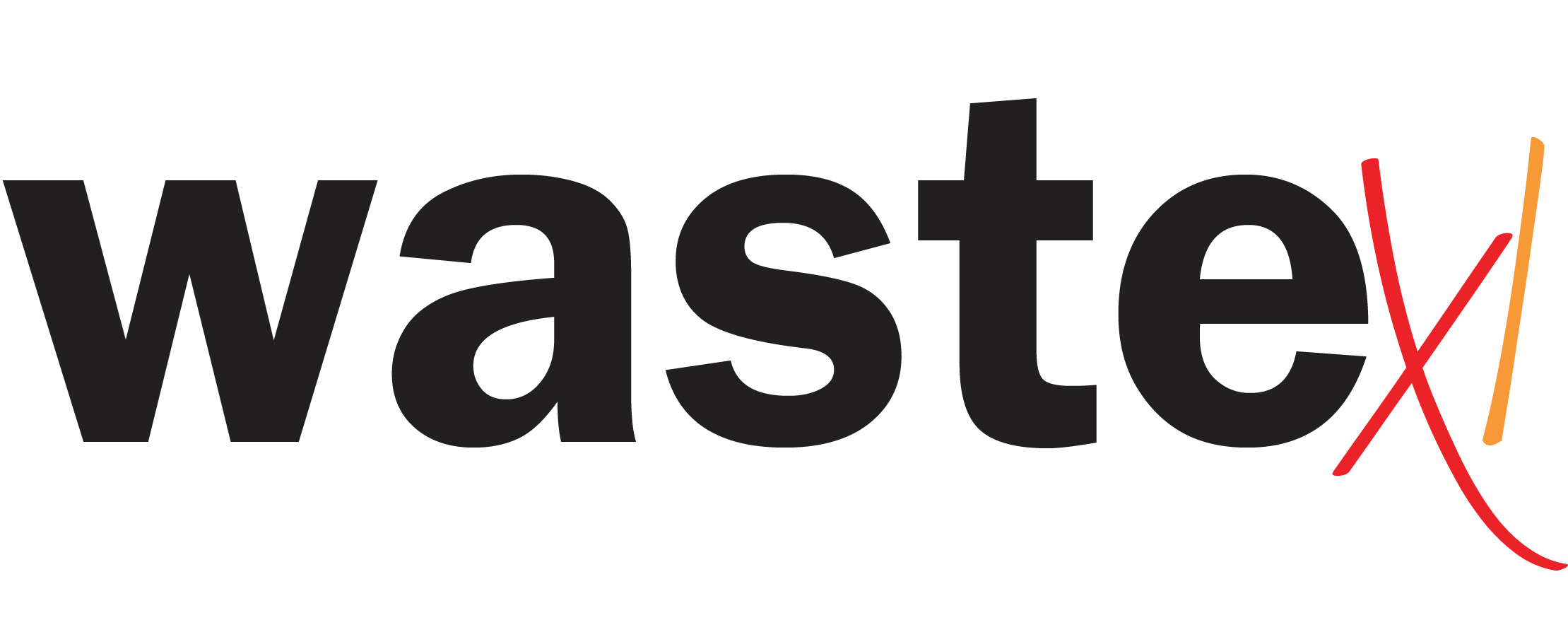
RFID in Waste Management: A Guide for Councils, Waste Contractors, and Bin Manufacturers
This page serves as an informal guide explaining the importance of RFID technology in Waste Management. It highlights how RFID enhances bin tracking accuracy, streamlines rollout processes, and improves ongoing maintenance. Designed for councils, waste contractors, and bin manufacturers, it covers best practices for programming tags, retrofitting existing bins, and managing bin data efficiently—helping all parties work together for smarter, more reliable waste operations.
Councils
Accurate Waste Monitoring: RFID technology allows for precise tracking of bins in real-time, ensuring data collection is thorough and dependable.
Improved Operational Efficiency: With automated processes, councils can minimize errors, refining collection routes and cutting down on missed pickups.
Cost Savings: By addressing inefficiencies, RFID can lead to fewer collections and lower administrative costs.
Informed Decision Making: Local authorities can use collected data to refine waste management strategies and set effective policies.
Bin Manufactures
Built-in RFID Tags: Manufacturers can embed RFID tags during the production process, simplifying tracking and cutting retrofitting costs later.
Consistent Data Encoding: By encoding serial numbers onto RFID tags, uniformity is maintained across bins, which enhances identification.
Less Dependence on Equipment: Pre-programmed RFID tags reduce the need for scanners when rolling out new bins.
Future Compatibility: Manufacturers can create RFID-enabled bins that work with diverse waste management software, promoting broader implementation.
Waste Contractors
- Effective Resource Management: Better tracking leads to optimized collection schedules and routes, boosting operational efficiency.
- Streamlined Record Management: With RFID, manual data entry is reduced, promoting accuracy in billing and compliance with regulations.
- Reporting for Issues: RFID assists in identifying bins that are uncollected or incorrectly placed, making service issues easier to resolve.
- Effortless Bin Identification: RFID technology enables quick identification of bins during collection, which helps shorten stop times.

Programming Tags for RFID Bin Identification
Enhancing RFID identification by programming tags with serial numbers ensures accurate tracking, simplifies rollouts and improves maintenance.
When bins are deployed, RFID tags are programmed with the bin’s serial number for immediate identification. The AD17 prefix differentiates them from other industry tags, reducing errors, while EPC locking secures data integrity.
During delivery, teams scan the tag or can manually record the serial number, updating the central database in real-time. This eliminates manual entry errors, speeds data collection, and ensures seamless inventory tracking.
UHF RFID tags in waste management typically follow a 28-hexadecimal format, often reduced to 24 characters for consistency. For example, a bin with serial number 644589 would have an RFID programmed as AD17 0000 0000 0000 0064 4589, aligning systems.
By integrating serial numbers with RFID data, waste management becomes more efficient, accurate, and reliable.
RFID Rollout Process
When conducting a bin rollout, it is recommended that bin manufacturers pre-program bins. This approach simplifies the process by eliminating the need to match random RFID numbers with bin serial numbers during delivery. As a result, RFID equipment may not be required, as the bin serial number itself represents the RFID number.
Database creation should be dynamic, with handheld devices updating a centralized portal in real-time as bins are delivered. This avoids the risk of data loss associated with periodic syncing of PDAs, which can be problematic once bins are on residents' properties.


Retrofitting Existing Bins
UHF RFID Tag Format and Visibility
Retrofitting bins during manufacture differ from pre-programming. In some cases, bins may not have a visible serial number or it may not be known until a retrofit label is applied. Careful consideration should be given to these cases to ensure smooth integration.
Dealing with Existing Bins Without RFID Tags
For existing bins without RFID tags, a combination of RFID and GPS/GNSS technologies can be used effectively. RFID ensures accurate identification of the bin owner, while GPS provides an approximate location for non-RFID bin lifts.
When bins are lifted without a tag read, GPS coordinates can be recorded, and reverse Google lookups can help identify the collection address. Exceptions can be reported, guiding staff to apply RFID retrofit tags at these specific locations, ensuring a fully integrated waste management solution.
Database Creation
The database creation process is streamlined by encoding the bin serial number on the RFID tag. This eliminates the need for additional RFID equipment during delivery, as the RFID tag's QR code can be scanned using a standard phone app, or the visible serial number can be manually recorded. This approach simplifies the process and ensures accurate database creation at the point of delivery.


Ongoing Bin Database Management
Once a bin rollout is complete, ongoing database management is crucial. Tools like the Waste-Xi Bin Management and Audit apps simplify this task by providing a streamlined way to maintain and update bin records. Refer to the Waste-Xi Bin Management and Audit Manual for detailed guidance on leveraging these applications to optimize database accuracy and waste management efficiency.
